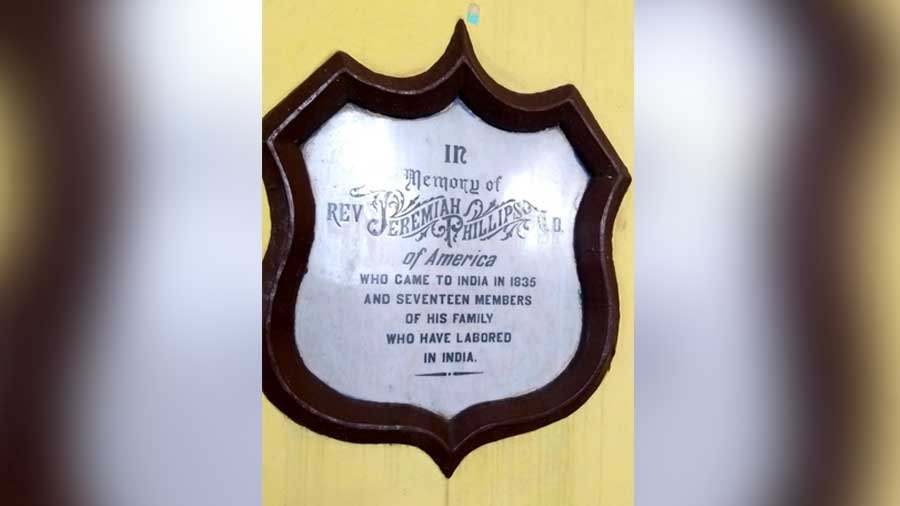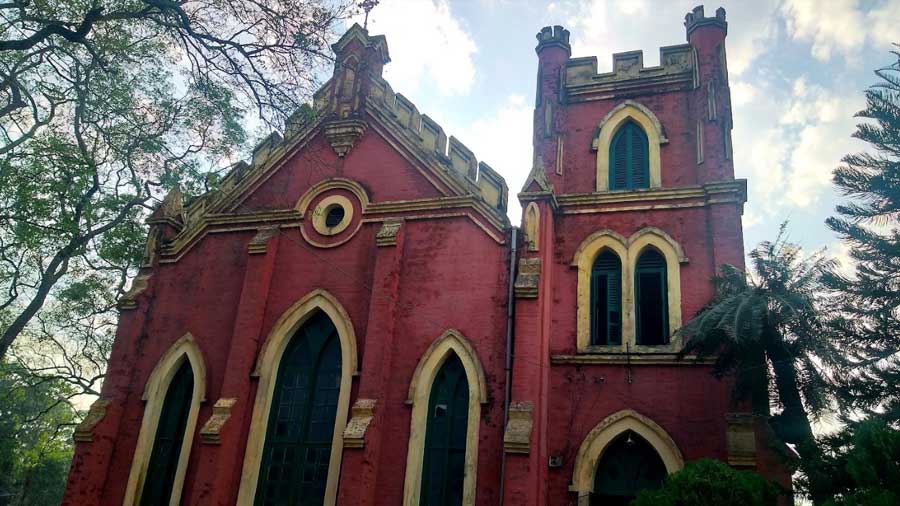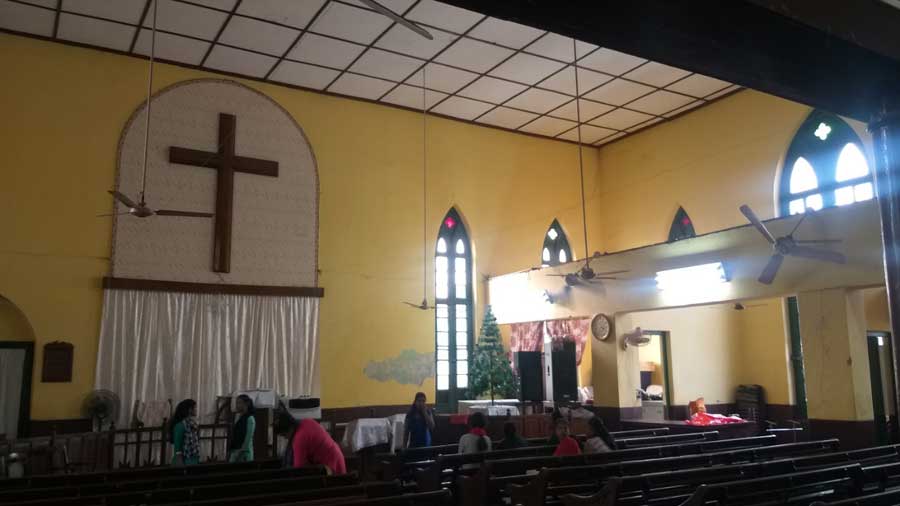Long before it became an major city that housed India’s first IIT, Kharagpur was a railway township with beautiful colonial railway housing, club, golf course, library, bakery, academic and sports institutions and last, but not the least, a couple of mind-blowing churches.
Almost immediately after Martin & Co completed its railway link in 1898, Kharagpur turned into a cosmopolitan town — with a strong Anglo Indian and European presence. The town was also inhabited by tribals, mostly Santhals, who were then converting to Christianity.
Missionary work
The introduction of Christianity to this region can be traced to the arrival of 17 missionaries from the USA, all members of the American Baptist Society of India. One of the members was Jeremiah Phillips, who began setting up a farming colony and free schools for Santhals. In 1852, he even wrote a book explaining the writing system of Santhals. Thanks to his work, Christianity spread quickly among the natives.
Phillips died in 1879 after spending 44 years in India, but his legacy continues to live on in the area.

A marble plaque dedicated to Jeremiah Phillips and his family Somen Sengupta
In 1906, American Baptists, as well as others, gathered funds to build a church in Phillips’ memory — and thus the most beautiful church of Kharagpur was built. It was called the Phillips Memorial Baptist Church.
The church stands inside Kharagpur’s railway colony and still maintains its majestic but sombre look.
In its design, the church is purely European in style. The red-and-yellow exterior looks resplendent when the sun shines on it.

The front façade features three sharply arched glass windows and a bell tower Somen Sengupta
The front façade features three sharply arched glass windows. The church has a long prayer hall and a bell tower. The prayer hall has two small extended wings and its roof is now covered with tin plates. The bell tower has three floors and each floor has small arched windows.
There are four castle-like pinnacles at the top of the tower. The apex of both the front and rear pediments has a Celtic iron cross with a floral design at its centre.
Inside, the church is very simply decorated, with hardly a vintage clock or musical instrument. There are a handful of marble plaques, including one dedicated to Phillips and his family.

Being a Protestant church, the simply decorated interiors do not house any idol. Instead, the faithful pray before a large cross Somen Sengupta
Being a Protestant church, it does not house any idol. Instead, there is a big cross at the end of the prayer hall that often gets highlighted as natural light passes through the arched windows. Apart from the mandatory Christmas and Good Friday celebrations, Thanksgiving is also observed here.
According to Dr V.R. John, who now heads the church committee, Phillips Memorial used to be a meeting point of believers of both the Catholic and Protestant communities. Even tribal and Bengali Christians were allowed to pray together — making it a symbol of unity and concord among the Christian community of the area. Thus, the word ‘union’ came to be associated with it. Soon, everyone began calling it Union Church and is what it is still called today, though that is not its official name.

The church was studied by the Railway Heritage Committee, but is yet to be included in the railway heritage guide Somen Sengupta
Though unplanned urbanisation has marred the beauty of Kharagpur town, some places, especially those inside the railway colonies — like this church — still exude colonial charm.
The church is located in Kharagpur’s South Side, inside the railway colony — which put it under the consideration of the Railway Heritage Committee, whose members paid it several visits to study its importance. However, it is yet to be included in the railway heritage guide.
Somen Sengupta is passionate about heritage and travelling and has been writing about it for 26 years. When he is not executing duties as a senior executive in an MNC, he keeps an eye out for intriguing historical trivia and unearths forgotten stories. This also makes him an avid quizzer.
